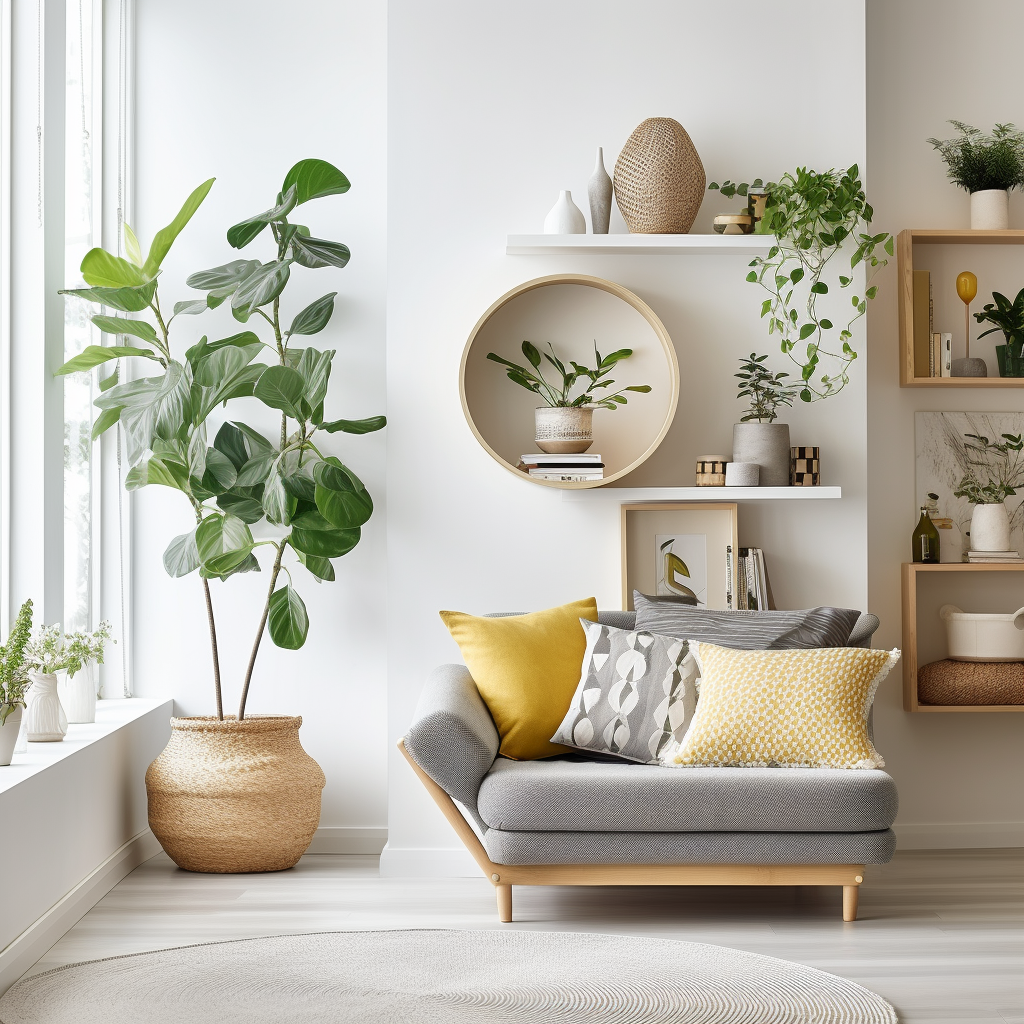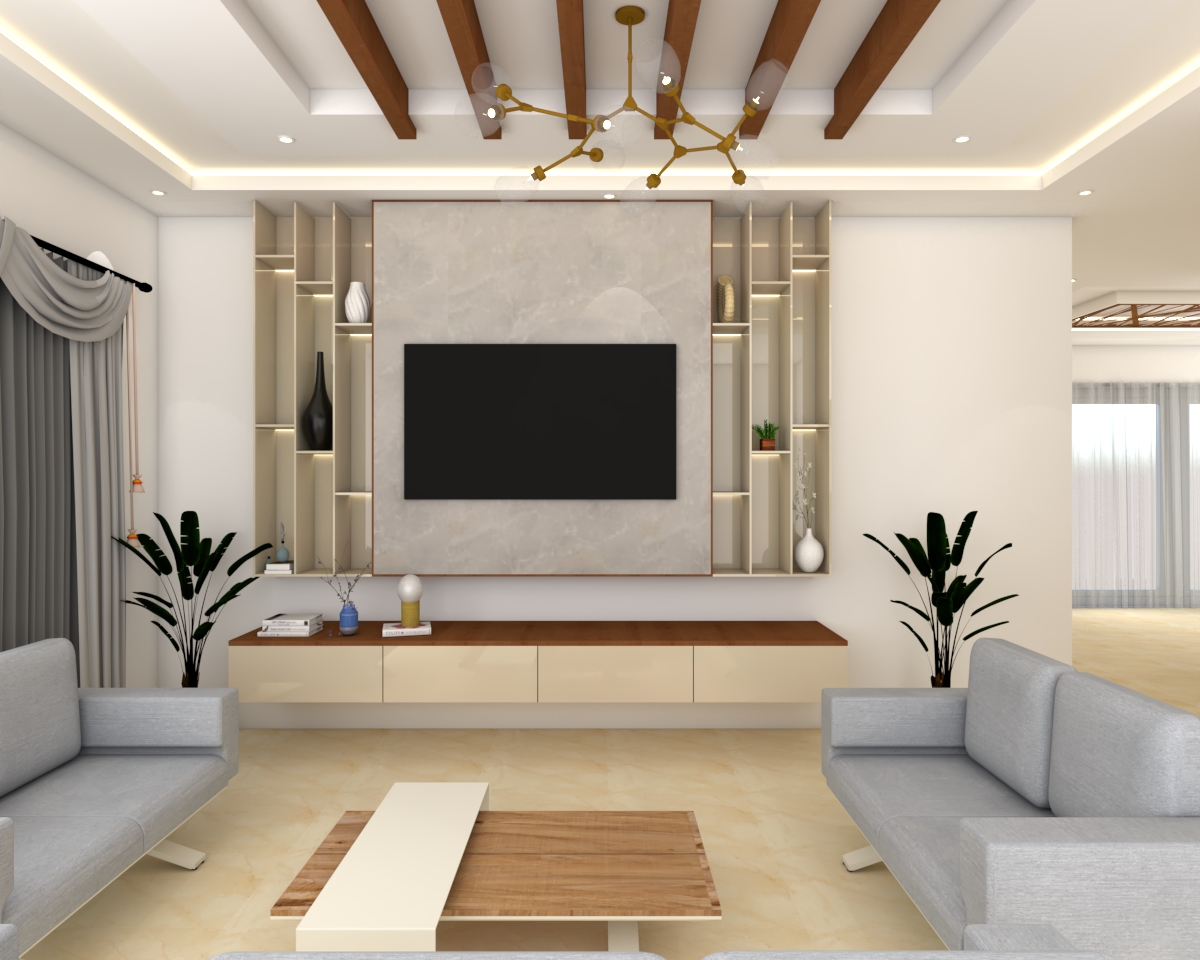Why Comprehending the Principles of Inside Design Is Essential for Effective Area Planning
Comprehending the principles of interior style is essential to reliable room preparation, as it lays the foundation for creating environments that harmonize performance with aesthetic allure. Necessary components such as percentage, equilibrium, and circulation are not simply decorative considerations; they are essential in enhancing just how a room is used.
Value of Area Preparation
Room preparation is an essential element of interior design that dramatically influences the performance and aesthetics of a space. It includes the critical arrangement of furniture, fixtures, and architectural components to optimize using available space while boosting the total customer experience. Reliable room planning addresses different aspects, consisting of circulation, access, and the certain requirements of the residents.
One of the primary advantages of area preparation is its ability to enhance spatial performance. Interior design Miami. By attentively arranging a design, developers can make certain that every location serves a function, lowering clutter and promoting a feeling of order. Furthermore, proper area planning cultivates an unified environment, permitting smooth activity and communication within an area
Furthermore, effective space planning takes right into account natural light, sightlines, and the connection in between different areas. This alternative technique not just boosts the visual charm but additionally adds to the wellness and performance of the residents. Eventually, a well-executed area plan contributes in developing a well balanced and welcoming environment, making it crucial for any interior decoration task.
Key Principles of Interior Decoration

One basic principle is equilibrium, which can be symmetrical, unbalanced, or radial. Balanced balance produces a feeling of order, while unbalanced balance provides a much more vibrant aesthetic appeal. One more vital principle is proportion and scale, making certain that the size of furniture and design aspects connect sympathetically to each other and the general area.
Shade concept additionally plays a significant role, impacting mood and understanding. Developers make use of shade schemes to stimulate details sensations and boost the spatial experience. Additionally, the principle of rhythm involves creating a sense of movement through repetition of shades, patterns, or shapes, guiding the eye throughout the space.
Lastly, the concept of focus directs attention to centerpieces, enabling a clear story within the design. Interior designer Miami. By sticking to these vital principles, indoor designers can produce settings that not just satisfy functional requirements yet additionally resonate with the residents on an emotional degree
Effect On Functionality and Flow

The setup of furnishings, the option of materials, and the integration of technology all play important functions in achieving optimum capability. Placing seating locations in distance to workspaces can promote communication and collaboration, therefore improving productivity. In addition, guaranteeing that paths are clear and unobstructed permits reliable motion, reducing congestion and advertising a natural circulation throughout the area.
In addition, integrating components such as illumination and color can additionally aid in defining areas, making it much easier for people to navigate their atmosphere. Thoughtful area preparation considers not just the physical facets of layout however additionally how individuals connect with their surroundings. Ultimately, a concentrate on functionality and flow not just boosts the user experience however additionally boosts the general effectiveness of the room, creating an atmosphere that fulfills the demands of its passengers while cultivating a sense of harmony and balance.
Enhancing Visual Appeals and Mood
Three essential elements-- appearance, lighting, and color-- play crucial duties in boosting the visual appeals our website and state of mind of an interior space. Color establishes the psychological tone; warm shades like oranges and reds stimulate power and warmth, while cooler shades such as blues and eco-friendlies promote calmness and serenity. Choosing an unified shade combination can change an area, developing a cohesive and visually appealing setting.
Structure adds depth and interest, adding to the responsive experience within an area. A mix of structures-- smooth surfaces, plush fabrics, and all-natural products-- can produce visual intrigue and boost comfort. As an example, pairing a soft velour couch with a smooth glass coffee table can create a well balanced visual that invites interaction.
Lights, commonly a neglected component, substantially impacts state of mind. Natural light fosters an open, airy ambience, while tactically positioned man-made lighting can produce heat and highlight building attributes. Dimmer switches allow versatility, enabling changes to fit various activities or times of day.
Including these three components thoughtfully not only elevates the aesthetic charm of an area but also cultivates an environment that reverberates with its intended function, inevitably enriching the overall experience for its passengers.
Practical Applications in The Real World
Using check it out interior style concepts in reality calls for a thoughtful approach that integrates shade, appearance, and lights into everyday areas. By comprehending just how these components work with each other, people can develop environments that are not only visually attractive however unified and additionally useful.
For circumstances, in a tiny living location, using a light shade scheme can make the room really feel bigger and extra open. Strategic use mirrors can boost all-natural light and develop an impression of deepness. Integrating different structures with fabrics, such as carpets and paddings, can include heat and rate of interest without frustrating the senses.
Illumination plays a crucial duty in specifying the ambience. Split illumination, consisting of ambient, task, and accent options, permits flexibility in mood setups. In an office, as an example, a combination of natural light, workdesk lights, and ornamental fixtures can boost productivity while preserving an inviting ambiance.
Additionally, recognizing spatial partnerships and furniture arrangement can lead to boosted performance. By adhering to concepts such as equilibrium and proportion, one can ensure that rooms offer their designated purpose while remaining cosmetically pleasing. Generally, practical applications of indoor style principles dramatically improve the livability and appeal of any kind of atmosphere.
Conclusion
Finally, understanding the principles of indoor style is important for effective room planning, as it cultivates a balance in between functionality and aesthetic appeals. By using crucial concepts such as proportion, shade theory, and circulation, developers can produce settings that improve both use and visual charm. Ultimately, this understanding adds to the development of areas that not just satisfy sensible requirements but likewise boost the overall environment, leading Discover More Here to more effective and delightful experiences for users.
Comprehending the concepts of interior layout is essential to reliable space planning, as it lays the groundwork for producing settings that harmonize performance with aesthetic allure.Space planning is an essential facet of indoor design that dramatically influences the functionality and looks of a room. Additionally, proper space planning promotes an unified setting, permitting for smooth activity and communication within a space.
Additionally, the concept of rhythm entails developing a feeling of activity via rep of patterns, forms, or colors, leading the eye throughout the space.
In conclusion, understanding the concepts of indoor layout is crucial for effective space preparation, as it cultivates an equilibrium in between functionality and aesthetics.